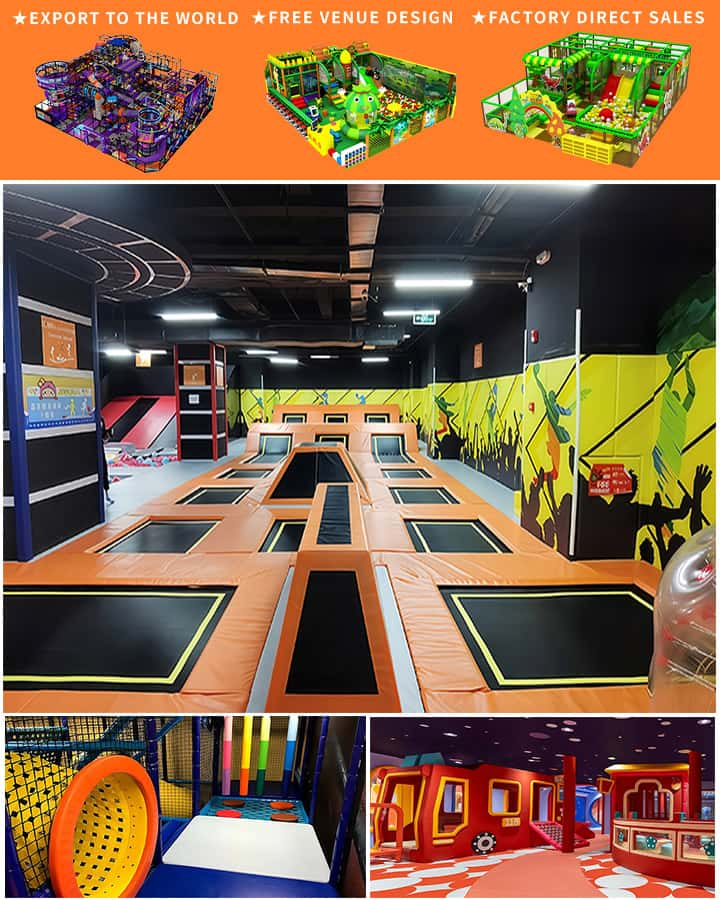Playtime is a crucial aspect of childhood development, offering physical, emotional, and social benefits that are essential for growing minds and bodies. However, not all playgrounds are created equal when it comes to inclusivity. For children with disabilities, accessing playground equipment can often be a challenge, limiting their ability to engage in play and potentially stunting their overall development. This highlights the importance of designing and installing adaptable playground equipment that caters to kids with various disabilities, ensuring that every child has the opportunity to enjoy and benefit from play.
The Need for Inclusive Playgrounds
Traditional playgrounds often feature standard swings, slides, and climbing structures that may not be accessible to children with physical, sensory, or cognitive disabilities. These limitations can lead to feelings of isolation and exclusion, preventing children with disabilities from fully participating in recreational activities that are vital for their growth and well-being. Inclusive playgrounds aim to address these issues by incorporating equipment designed to accommodate a wide range of abilities, enabling all children to play side by side, fostering a sense of community and belonging.
Features of Adaptable Playground Equipment
Wheelchair Accessibility:
 Equipment such as ramps, transfer stations, and platforms allow children using wheelchairs to join in on the fun. Swings with harnesses and supportive seating ensure safety and comfort, while carousel-style merry-go-rounds with low platforms enable easy boarding and disembarking.
Equipment such as ramps, transfer stations, and platforms allow children using wheelchairs to join in on the fun. Swings with harnesses and supportive seating ensure safety and comfort, while carousel-style merry-go-rounds with low platforms enable easy boarding and disembarking.Sensory Integration: Sensory-rich elements like tactile panels, musical instruments, and interactive installations cater to children with sensory processing differences. These features stimulate multiple senses, promoting engagement and enjoyment for kids who may have heightened sensitivity to sound, touch, or visual stimuli.
Adjustable Heights and Difficulty Levels: Play structures with adjustable components ensure that children of different heights and abilities can participate equally. For example, monkey bars with varying grip sizes and climbing walls with handholds of different shapes and textures accommodate varying levels of strength and coordination.
Swing Sets with Adaptive Seats: Adaptive swing seats come in various designs, including buckets, platforms, and support bars, catering to children with different needs. Some are even capable of accommodating two children at once, encouraging social interaction and cooperative play.
Soft Surfaces and Safety Surrounds: Installing soft surfaces made from materials like rubberized mulch, poured-in-place rubber, or artificial turf minimizes the risk of injury from falls. Additionally, safety surrounds around pieces of equipment provide stability and prevent accidents, making the playground safer for children with mobility challenges.
Benefits of Inclusive Play
Inclusive playgrounds offer numerous benefits, extending beyond mere accessibility. They promote social inclusion by breaking down barriers between children with and without disabilities, fostering empathy, understanding, and friendship. Physically, adaptable playground equipment encourages exercise and motor skill development tailored to individual capabilities, contributing to better health outcomes. Emotionally, the freedom to play enhances self-esteem and confidence, empowering children to explore their world without limitations.
Conclusion
The journey towards creating truly inclusive spaces where every child can play freely and joyfully begins with thoughtful design and implementation of adaptable playground equipment. By prioritizing accessibility and diversity in play areas, we can ensure that all children have equal opportunities to grow, learn, and thrive through the simple yet powerful act of play. As communities continue to recognize and embrace the need for inclusivity, playgrounds will transform into vibrant hubs of activity and connection, reflecting the diverse tapestry of human experience.




